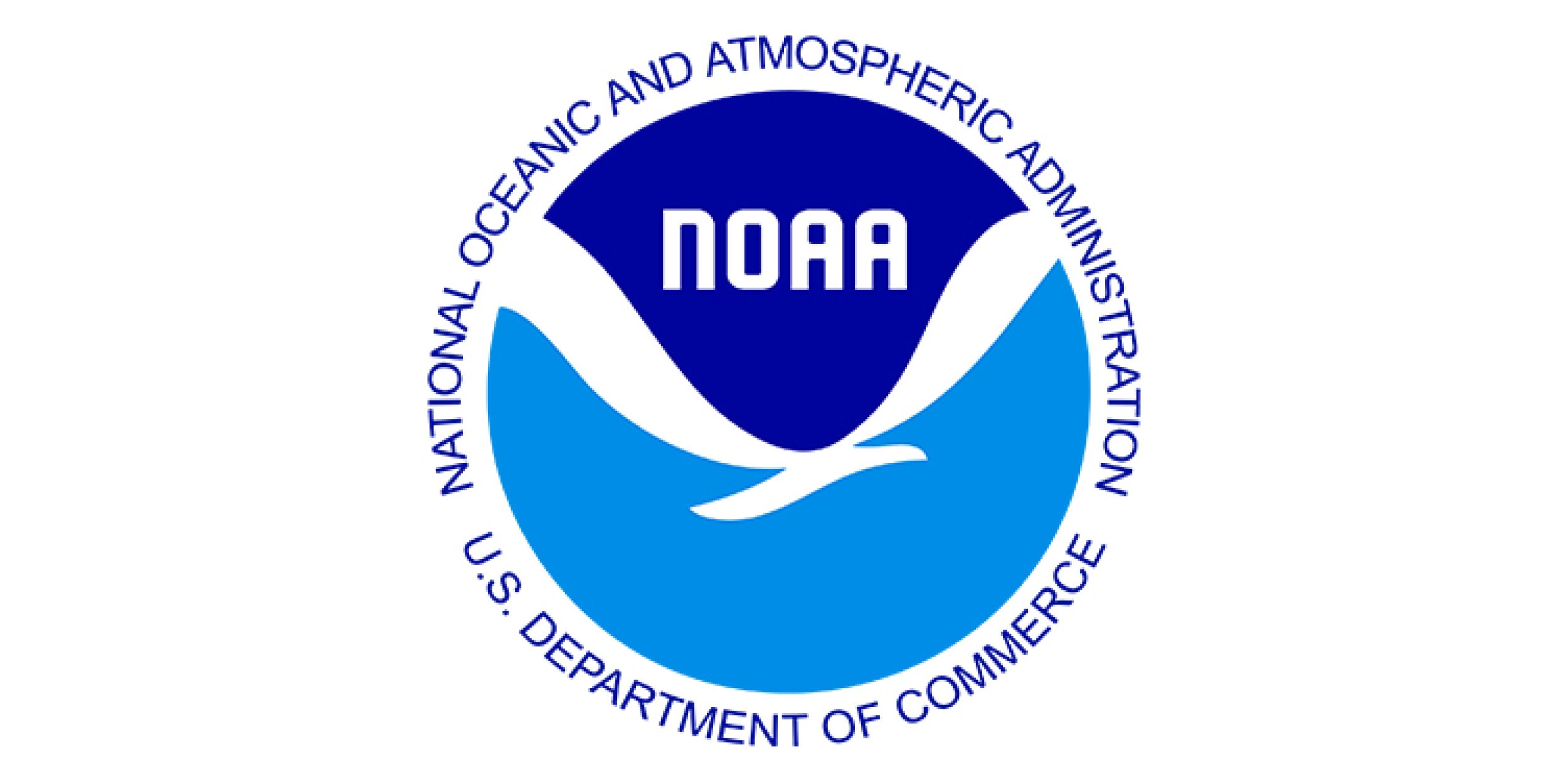NOAA’s Modeling, Analysis, Predictions, and Projections (MAPP) program awarded $1.8 million to support 10 new multi-year projects to help improve NOAA’s climate predictions from two weeks to a year in advance, including extreme conditions. These projects will contribute to the NOAA Climate Test Bed, aimed at accelerating research-based advances in climate prediction and transitioning new tools and techniques to NOAA’s operational services. MAPP is a part of the Climate Program Office, situated within NOAA’s Office of Oceanic and Atmospheric Research.
Dr. William Lapenta, Director of NOAA’s National Centers for Environmental Prediction, stated, “The projects exemplify the research-to-operations transition process and will advance the skill of NOAA’s operational modeling capability to deliver improved predictions, services, and products at subseasonal timescales.”
MAPP Program funding strategically complements internal investments at NOAA’s Geophysical Fluid Dynamics Laboratory (GFDL), Earth System Research Laboratory (ESRL), and National Centers for Environmental Prediction (NCEP) by engaging the community external to NOAA to help achieve NOAA’s climate mission.
Improvements to NOAA’s operational climate prediction systems
Forecasters at NOAA use a variety of tools to produce predictions for anywhere from two weeks to a year in advance. One of the major inputs to forecasts is the set of predictions made by computer models of the atmosphere, land, and ocean system. Over the past few years, a larger system called the North American Multi-Model Ensemble (NMME) has been built that combines NOAA model predictions with the predictions produced by models from NASA, NCAR, and Environment Canada. The research projects described below build on these ongoing efforts with a focus on improving NMME for the two-week to two-month time frame; including advanced lake, land surface, and cloud processes in NOAA models; making focused advances in severe weather predictions; and improving forecast products for the 3- to 4-week time frame. Additional support for these projects comes from the National Weather Service’s Office of Science and Technology.



